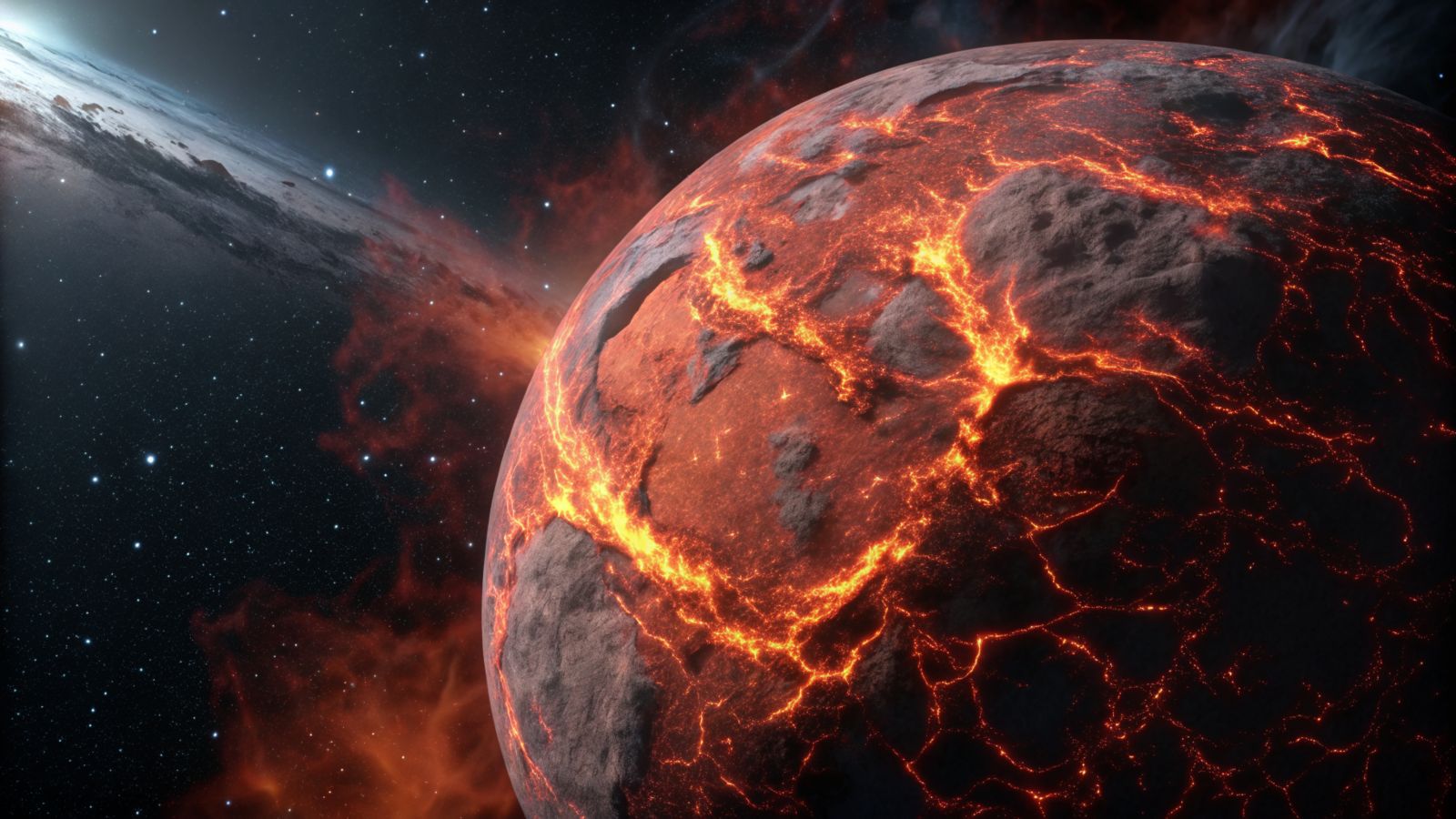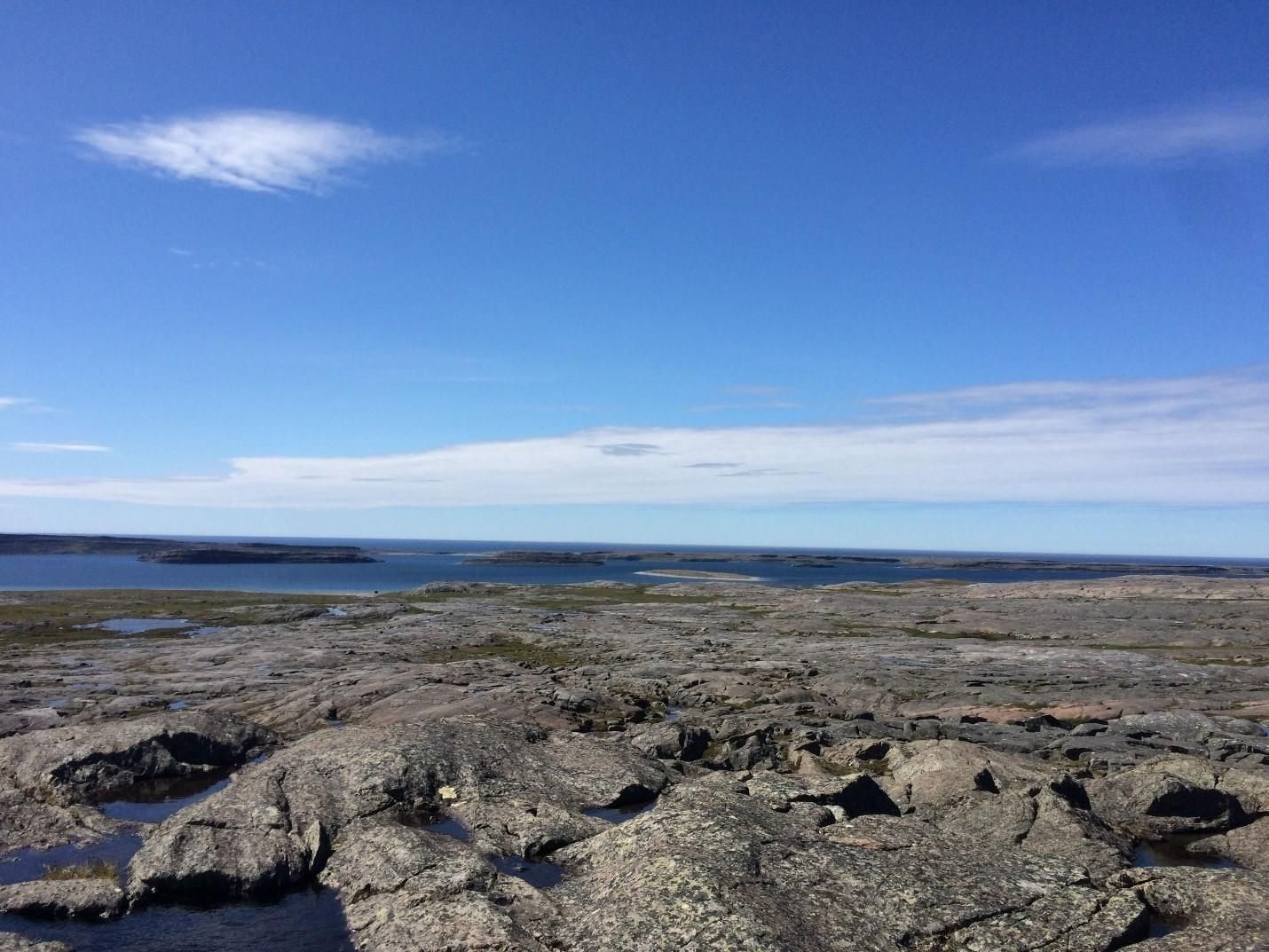Follow us on Google News (click on ☆)

Earth's formation
This discovery sheds light on a little-known period: the Hadean, a tumultuous era when Earth resembled a volcanic hell. The Nuvvuagittuq rocks, preserved despite geological upheavals, offer a unique testimony of the earliest moments of Earth's crust.
A window into the Hadean
Located near Inukjuak in Nunavik, the Nuvvuagittuq belt has intrigued scientists for years. Debates about its age, ranging between 3.8 and 4.3 billion years, were finally settled thanks to rigorous dating methods.
Jonathan O'Neil's team (University of Ottawa) analyzed magmatic intrusions crossing the volcanic rocks. These formations, dated at 4.16 billion years, prove that the surrounding rocks are the oldest known.

The site of the oldest known rocks on Earth, located 18.6 miles (30 km) from Inukjuak, in Nunavik, Canada.
This dating relies on the radioactive decay of samarium into neodymium. Two distinct isotopes served as independent chronometers, unanimously confirming this record age. These results make this site the only known remnant of Hadean crust.
Techniques to travel back in time
Radiometric dating was crucial for this discovery. Unlike zircons, which are absent here, researchers measured samarium and neodymium ratios, chemical elements trapped during rock formation.
The samples, collected in 2017, underwent thorough petrological and geochemical analyses. The measurements, conducted in Ottawa and at Clermont-Auvergne University, eliminated any doubt about their antiquity.
These rocks, mostly metagabbros, reveal extreme conditions. Their composition suggests a primitive crust rich in iron and magnesium, quite different from current continents. They also shed light on the mechanisms that led to the emergence of the first continents.